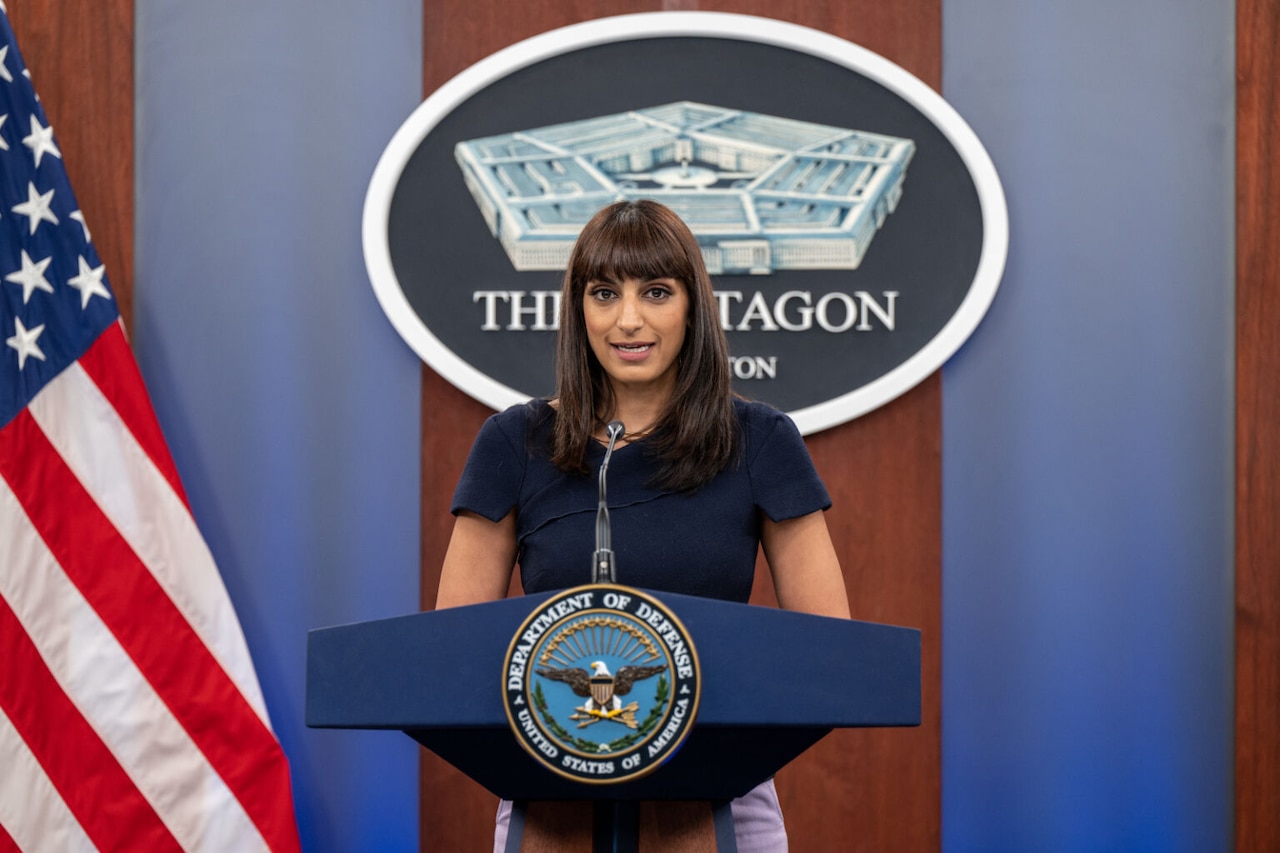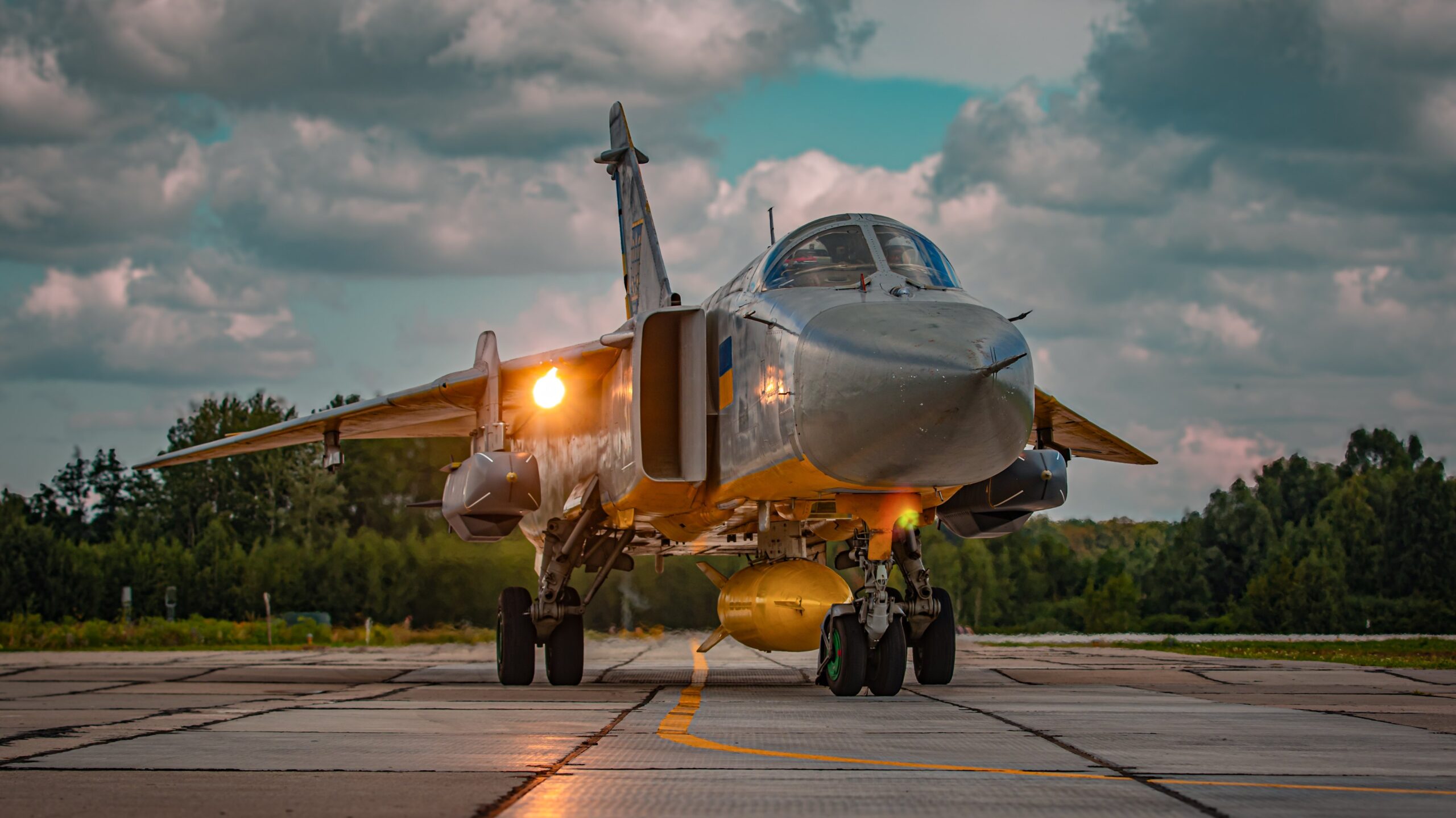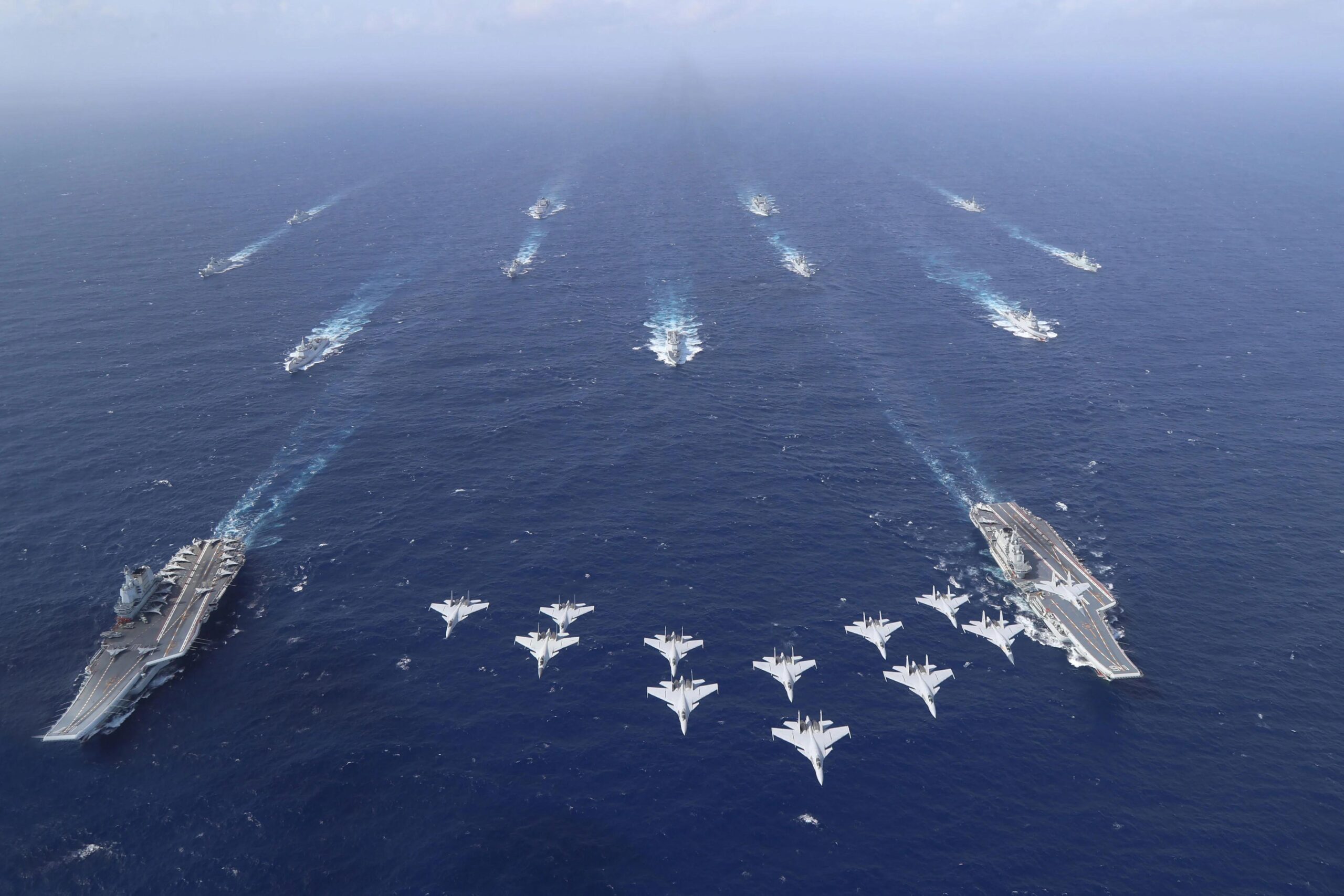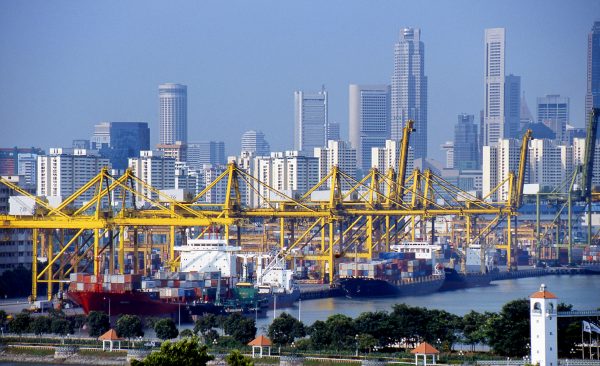Due to high seas expected this weekend, U.S. Central Command has removed the temporary pier from its anchored position in Gaza and will tow it back to Ashdod, Israel, said Sabrina Singh, deputy Pentagon press secretary, during a briefing today.
“As always, the safety of our service members is a top priority, and temporarily relocating the pier will prevent potential structural damage that could be caused by the heightened sea state,” she said.
In the past seven days, Centcom delivered more than 4,500 metric tons of aid to the marshaling yard in Gaza, she said.
For historical context, the Defense Department delivered about 1,361 metric tons of aid to Japan over about two months after the devastating, 2011 Tohoku earthquake and tsunami in northeastern Japan, she said.
Additionally, the pier enabled delivery of the second highest volume of aid from any entry point into Gaza this past week, Singh said.
Since May 17, Centcom has assisted in the delivery of more than 8,831 metric tons of humanitarian aid to the shore of Gaza for onward distribution by humanitarian organizations, she said.
The pier is not an end-all solution to getting aid into Gaza, she said, adding that land routes are the most effective delivery method. “We continue to urge for those land routes to be reopened.”
The pier could be floated back to Gaza again if the commander makes that determination based on the sea state, she said.
The amphibious assault ship USS Wasp entered the Mediterranean Sea on June 26 on a scheduled deployment to support allied and partner interests, including in the eastern Mediterranean Sea, Singh said.
The Wasp and the embarked 24th Marine Expeditionary Unit will be joined by two other ships: the USS Oak Hill, a Harpers Ferry-class, dock-landing ship that is currently in the Mediterranean Sea, and the USS New York, a San Antonio-class amphibious transport-dock ship that is currently operating in the Atlantic Ocean.
Together, the Navy and Marine Corps capability constitutes the Wasp amphibious ready group, which deployed from the U.S. East Coast on June 1.
Their presence “provides flexibility and enhanced capability” to U.S. assets in the region, Singh said.





















Discussion about this post